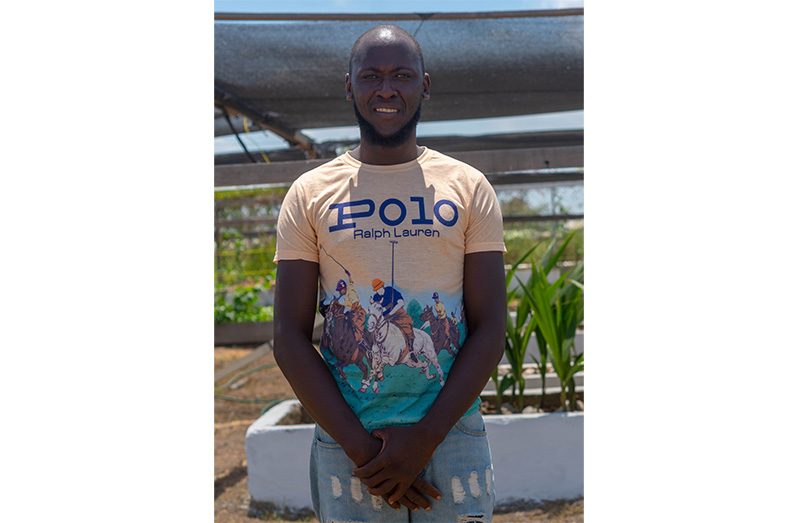As farmers count their losses to pests and spoilage, the Ministry of Agriculture and NAREI are introducing targeted solutions to reduce waste and strengthen food security
WHETHER it’s a home-cooked meal, fast food, or a dish from your favourite restaurant, all food starts at the farm. As Guyana joined the world in celebrating World Food Day on October 16 under the theme “Hand in Hand for Better Food and a Better Future,” the Ministry of Agriculture is taking steps to tackle a growing concern: food wastage.
With the agriculture sector expanding rapidly through new industries and innovative initiatives, Guyana has made notable progress in food security and production. Yet sustainability remains a critical priority, prompting the launch of two new units designed to repurpose spoiled produce and combat pests that threaten crops.
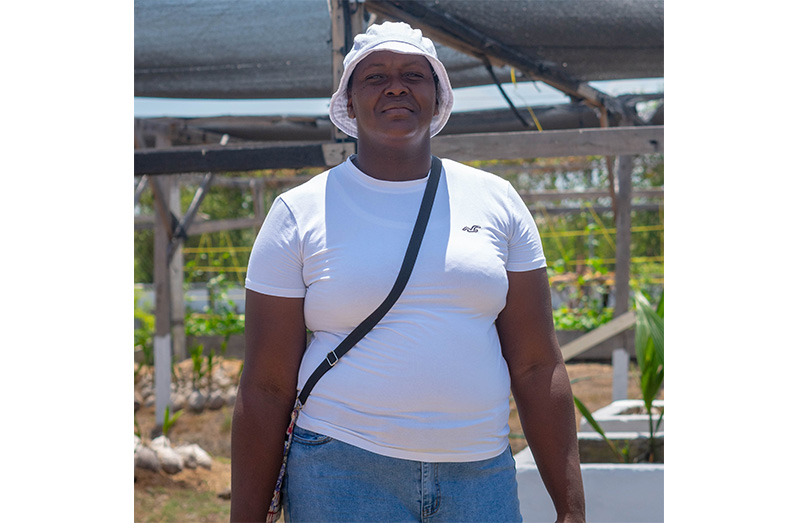
The National Agricultural Research and Extension Institute (NAREI), under the Ministry of Agriculture, recently introduced a composting unit and an ant-bait production facility. Composting converts spoiled produce into nutrient-rich soil, while the locally made ant bait targets the destructive Acoushi ants. Though these projects aim to support the national agricultural sector, they directly impact small farmers, who often bear the brunt of crop loss. To understand the challenge firsthand, Pepperpot Magazine spoke with four farmers from Region Three about food wastage and what the new initiatives mean for them.
For young farmer Krista Paul, farming is a new venture. Speaking to Pepperpot Magazine, Krista said her farm at Buxton is her first attempt at farming on her own. “I’m very new to this. I’ve been around farms a lot, but this is the first time I actually have my own plot of land that we are planting plantains on. We used to have a small kitchen garden. I’m planning to try some watermelon soon. For now, we’re just planting plantain, and later I want to start farming watermelon and other things,” she explained.
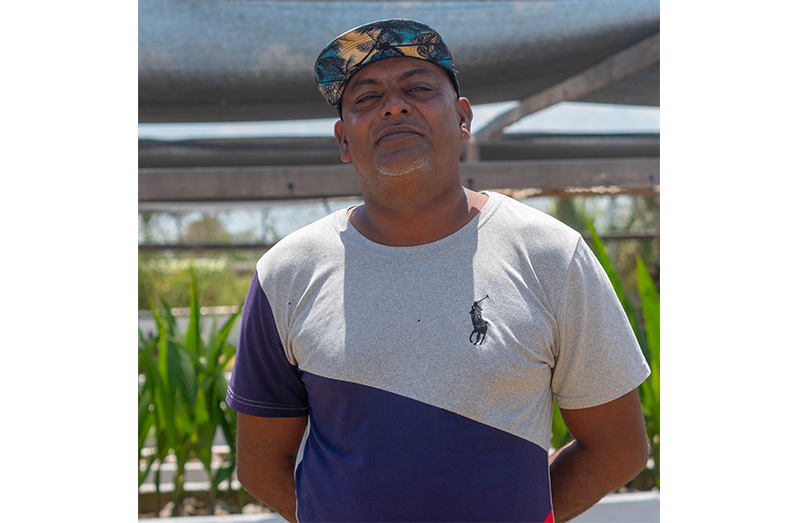
Although enthusiastic about the growth of the farm, Krista has already faced the harsh reality of crop loss, with the weather causing water damage to her crops. “We get a lot of waste and crop damage. The last time I planted sweet corn, I got only three bags—the rats destroyed the rest. Once they eat and bore into it, it spoils quickly. Sometimes, by the time you reach back to the farm two days later, the rats already damaged everything. The farm is about four and a half miles from where I live, so it’s hard to get there, especially when it rains,” she added. She welcomed the new composting initiative, noting, “It would help if you bring the waste and they get rid of it and maybe you get something back, like compost.”
NAREI’s composting units are designed precisely to meet this need. The vermicomposting facility uses red wiggler worms to biologically convert organic waste, including crop residues and livestock manure, into nutrient-rich soil. In addition, the composting unit employs heat-loving bacteria to break down crop residues and kitchen waste, ensuring rapid decomposition. Together, these processes enhance soil nutrient absorption and structure, improve water retention, and reduce reliance on synthetic fertilisers.
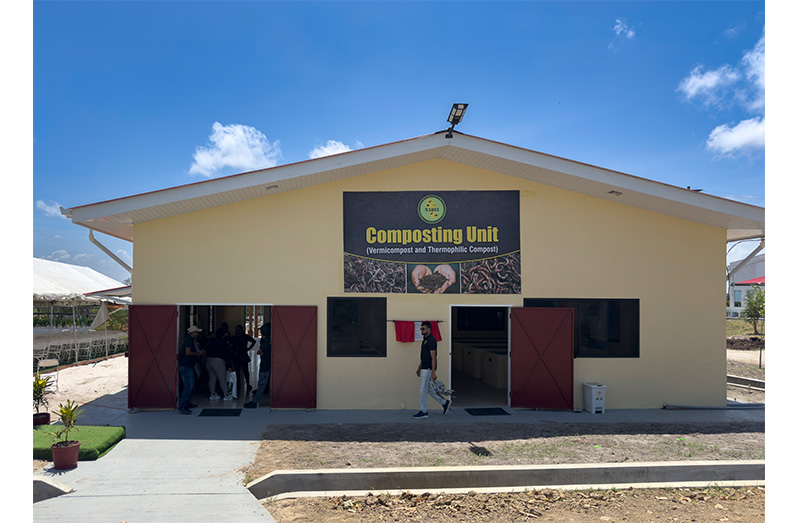
For experienced farmer Jade Dennis, food wastage is a real and persistent concern. Born and raised in agriculture, Jade said food wastage is one of his biggest problems. “I was born knowing my mother farming, and that is how she brought us up. I have been farming for about 17 years now. My farm is in Buxton. I do mostly cash crops—corn, bora, and other vegetables,” he shared. “I have about two acres of land. Right now, I’m planting sweet corn, squash, pumpkin, and red tomatoes. I also do watermelon. I try a little bit of everything.”
Yet even with careful cultivation, pests and spoilage take their toll. “There’s also the bugs—stink bugs and others that damage the crops. We’d appreciate help with soil testing, too. Sometimes the watermelon is big, but the skin bursts open or the inside turns white. We don’t really know why. When the crops come out good, we sell them at the market and in the community. The customers like them. But a lot of times, we lose plenty to spoilage,” Jade said.
NAREI’s ant-bait production facility directly addresses one of the biggest threats to farmers like Jade—the Acoushi ant. For years, young citrus and cassava crops were devastated by these leaf-cutter ants, often overnight. The new facility produces locally sourced ant bait in a semi-automated process that mixes, dries, and packages the product in one continuous cycle. With the capacity to produce 30,000 packs per year, compared to previous outputs of 10,000 to 15,000, the initiative provides farmers with a reliable, environmentally safe solution to manage the pest.
Shrieekant Ramnauth, another Region Four cash crop farmer, echoed the concerns of his fellow farmers. “I’ve been farming for about three years now. I used to live in Berbice, but I am now on the East Coast at Coldingen, and I started planting pak choy, thick-leaf cabbage, bora, okra, pepper, tomato, squash—all kinds of things,” he said. “Out of 100%, I would say about 40% of our crops get damaged. The chemicals from the store don’t work as we expect, and the bugs are too much. The watermelon gets brown spots underneath; the tomatoes, too. Some look good outside but are rotten inside.”
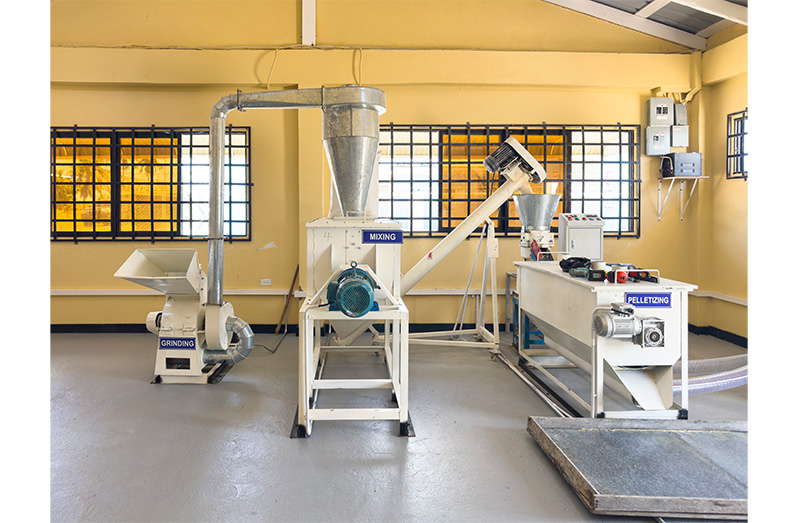
By repurposing spoiled produce into compost, farmers gain a reusable, nutrient-rich resource for future planting. Meanwhile, effective ant bait prevents catastrophic losses from pests, ensuring more of their harvest reaches the market. NAREI’s efforts go beyond the facilities, aligning with the views and calls of farmers. For Krista, Jade, and Shrieekant, these solutions could signal a turning point in farming practices and sustainability.
World Food Day and Agriculture Month remind us that the journey of food begins long before it reaches our plates. With initiatives like NAREI’s composting and ant-bait facilities, and the dedication of farmers across Guyana, the nation is taking meaningful steps to reduce food wastage, improve crop productivity, and secure a sustainable future.


.jpg)





